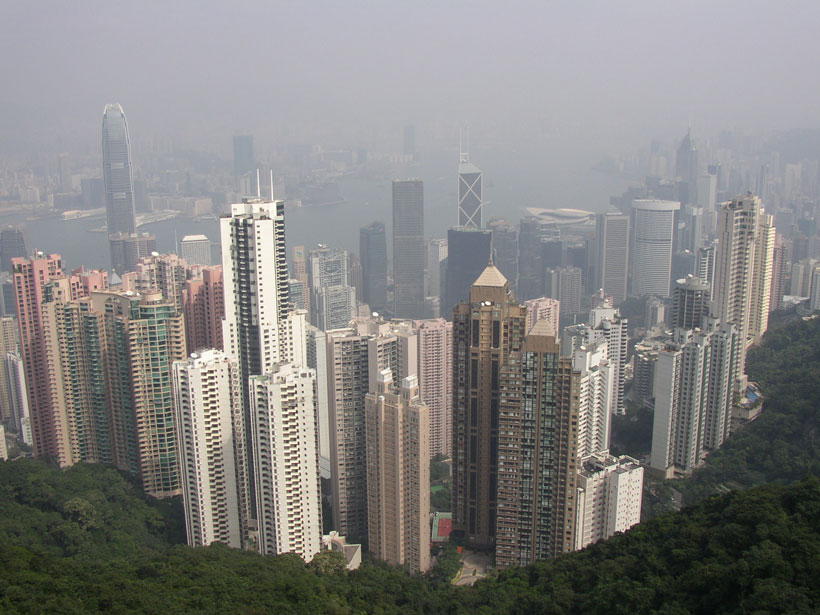Source: GeoHealth
A translation of this article was made by Wiley. 本文由Wiley提供翻译稿。
More than 70 million people live in China’s Greater Bay Area, a booming megalopolis that includes Hong Kong, Macau, and nine other major cities. Air pollution is a major public health concern in this region and across China. Although recent emission reductions have lowered exposure to some pollutants, other emissions have increased, and health risks persist.
Now, research by Conibear et al. suggests that policies aimed at reducing both residential solid fuel use and agricultural fertilizer emissions in rural areas outside the Greater Bay Area could improve air quality both inside the Greater Bay Area and across China.
To reach these findings, the authors performed a quantitative analysis of various air quality policy scenarios and their potential impact. The researchers combined a regional chemical transport model with an epidemiological model to simulate the scenarios and estimate resulting exposure rates and health effects.
In the simulations, replacing 50% of residential solid fuel use—such as burning wood for cooking and heating—with liquefied petroleum gas outside the Greater Bay Area reduced people’s exposure to fine particulate matter (PM2.5) by 3% within the Greater Bay Area and by 15% across China. According to the scientists, this decrease would prevent 191,400 premature deaths per year.
Meanwhile, simulations of a 30% reduction in ammonia emissions from agricultural fertilizer use outside the Greater Bay Area resulted in a 3% reduction in PM2.5 exposure inside the Greater Bay Area and a 4% reduction across China, which would preclude 56,500 premature deaths per year. Reducing residential solid fuel use emissions would reduce both PM2.5 and ozone exposure, but alternative policies could increase ozone levels, the analysis showed.
Currently, no policies are in place to specifically target residential solid fuel use and agricultural emissions in southern China. The authors note that efforts to address this opportunity will require cooperation across the region, both inside and outside the Greater Bay Area. (GeoHealth, https://doi.org/10.1029/2020GH000341, 2021)
—Sarah Stanley, Science Writer
Citation:
Stanley, S. (2021), Improving air quality in China’s Greater Bay Area, Eos, 102, https://doi.org/10.1029/2021EO156439. Published on 28 April 2021.
Text © 2021. AGU. CC BY-NC-ND 3.0
Except where otherwise noted, images are subject to copyright. Any reuse without express permission from the copyright owner is prohibited.

